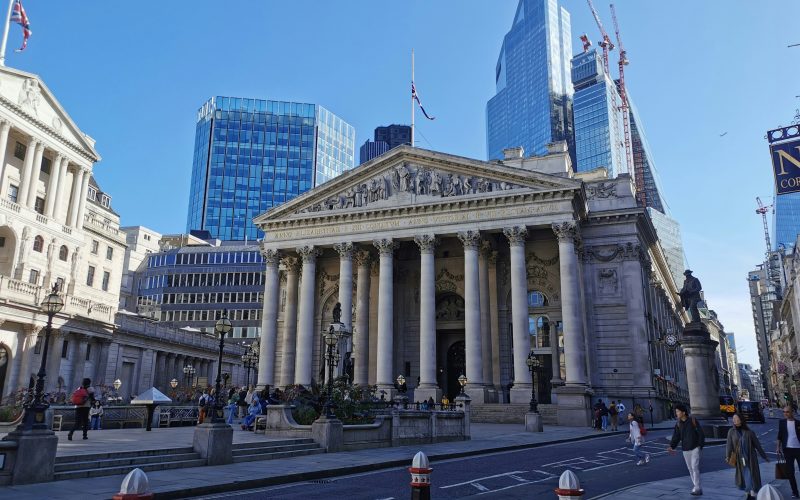The Bank of England has reduced its interest rate from 4.5% to 4.25% in an attempt to shield the UK economy from potential global trade shocks. However, according to Rob Morgan, Chief Investment Analyst at Charles Stanley, the move highlights the central bank’s complex balancing act. While the interest rate cut is designed to avoid a sharp slowdown, persistent inflation continues to complicate the outlook. Whether further rate reductions will follow remains uncertain.
A potential growth shock – but not nailed on
The scale and pace of further rate cuts are conditional on the economic outlook. Uncertainty around US trade policy stands to clip the already-weakened wings of UK growth, but much depends on the shape of the trade deal hammered out.
The global tectonic plates are shifting rapidly with significant trade ructions and the potential for reverberations across the globe. Yet there has been some relief from the temporary rollback of reciprocal tariffs from the US administration, and the UK could emerge as a relative trade winner once the dust settles, helping shelter the economy from the worst of the fallout.
This uncertain landscape makes predicting the strength of UK economic activity and demand very difficult, but we can safely say there is a significant risk of a downturn that would serve to dampen demand and inflation. In this scenario we can expect policymakers to step in and lower rates further to support the economy – vindicating dissenters calling for a jumbo 0.5% cut this time around.
But if growth does hold up thanks to a resilient consumer buoyed by wage rises and bolstered by healthy savings the MPC may have to concede inflation is the bigger enemy further down the line.
Domestic price pressures aren’t easing much
The inflation genie is not yet squeezed back into the bottle and domestic price pressures look set to build in the short term. Inflation is anticipated to reaccelerate to well beyond 3% this year, much higher than the BoE target of 2%, amid higher household bills and robust pay growth adding to spending power.
There are also early signs companies are mostly passing on higher national insurance and minimum wage costs to customers, which stands to keep the inflationary embers burning. Ultimately this could outweigh any beneficial effects on inflation from tariffs such as cheap Chinese goods being diverted elsewhere, as well as lower oil prices and a stronger pound.
Will interest rates be cut further?
The balance of these conflicting forces will dictate how far and how fast the Bank can move on interest rates. Today’s cut is a sensible, precautionary one to help head off a weakening economic picture, and it will continue to cut in a more difficult trade and economic scenario. This would then have the positive effect of reducing mortgage and borrowing costs, and restore some business confidence and consumer spending power in what would be a trickier time for the economy and for households.
But ultimately if inflation numbers remain elevated it won’t be able to ignore them. We may therefore see only a small number of cuts for the remainder of the year.









